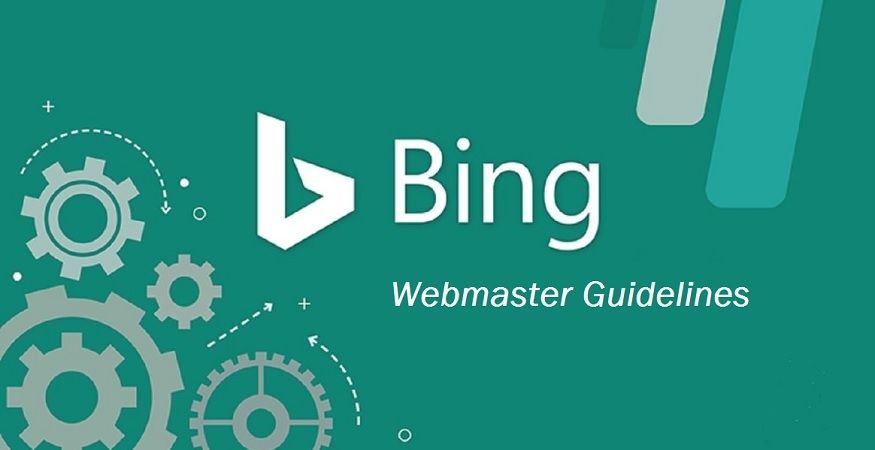Microsoft Makes Webmaster Guidelines Transparent, Reveals Insights To Rank In Search
Microsoft Makes Webmaster Guidelines Transparent, Reveals Insights To Rank In Search

Ranking signals are the topic most frequently mentioned in questions.
The guidelines have been updated to include Bing’s new discovery tools such as the Content and URL Submission API, and Microsoft has worked to make them easier to read and understand.
The guidelines also update the types of behaviors or tactics that could cause a site to be penalized or deindexed.
Christi Olson, head of evangelism for search and advertising at Microsoft, said the webmaster team told her the last time they revised the guidelines dates back to over a decade, when they just added information at the bottom.
Starting with the guidelines page, in the next six to 12 months Microsoft will make the guidelines easier to discover and understand.
Microsoft also added text in the guidelines about paid search. One of the areas Microsoft sought to clarify is the question of whether or not companies needed to pay to get into the index.
The guidelines now clarify the meaning of organic and paid content to eliminate the confusion.
“I found it very interesting to read Bing’s updated Webmaster Guidelines about what it takes to rank in their organic search results, particularly the below section on Q&C, which is very similar to what we look at with Google’s concept of E-A-T.,” wrote Lily Ray, SEO director at Path Interactive, in a post on LinkedIn. “The main difference is that Google does NOT confirm these things to be formal SEO ranking factors, but Bing does.”
Ray highlighted one of the more interesting points in Bing’s webmaster guidelines — quality and credibility. The guidelines explain that determining the quality and credibility of a website includes elements such as the author’s or site’s reputation, and the level of discourse.
Bing’s algorithms also might “demote content that includes name-calling, offensive statements, or uses derogatory language to make a point), the completeness of the content, and transparency of authorship,” Ray wrote.
(20)


